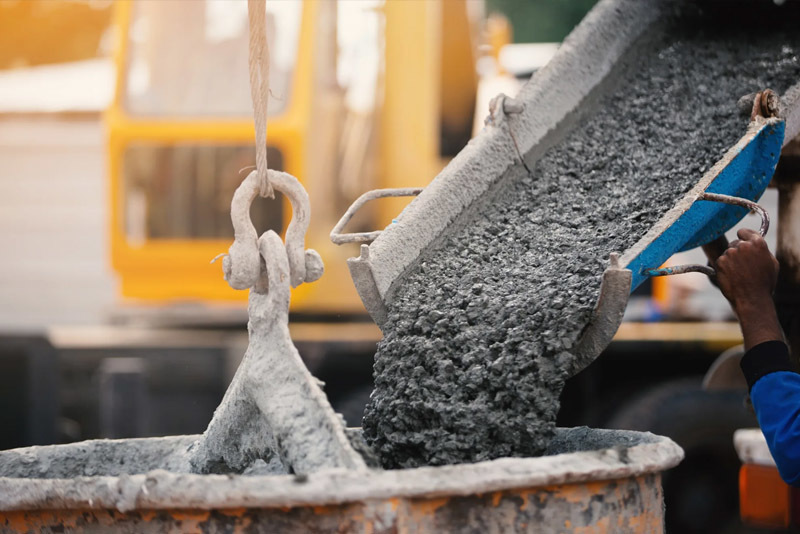The Rising Importance of Cement Grinding Aids in the Construction Industry
Jan 14,2025

rating grinding aids into the process, cement manufacturers can achieve a higher throughput with lower energy input, translating to cost savings and increased profitability. This is particularly crucial in an era where energy costs are volatile and sustainability is paramount.
Moreover, the application of grinding aids contributes to the production of cement with superior performance characteristics. Enhanced particle dispersion and reduced agglomeration result in improved workability and strength of the final product. As construction projects demand higher quality materials to meet stringent standards, the ability to produce cement that adheres to these requirements is essential. Reports indicate that projects utilizing cement treated with grinding aids often achieve better durability and resistance to environmental factors, thereby extending the lifespan of structures.
The use of cement grinding aids is also closely tied to the ongoing shift towards more sustainable construction practices. With an increasing emphasis on reducing carbon footprints, many cement producers are exploring eco-friendly alternatives in their processes. Grinding aids can play a pivotal role in this transition by lowering the energy required for grinding, thereby reducing greenhouse gas emissions associated with cement production. Furthermore, the potential incorporation of waste materials in the formulation of grinding aids offers a dual benefit: recycling industrial by-products while enhancing the efficiency of cement production.
In a recent conference held in Beijing, industry leaders discussed the future of cement grinding aids and their impact on the construction sector. "Innovations in grinding aid technology are not just about improving productivity; they’re also about fostering a more sustainable approach to construction," stated Dr. Li Wei, a prominent researcher in cement technology. "As we face challenges related to climate change and resource scarcity, embracing these advancements is no longer optional but a necessity."
The market for cement grinding aids is expected to grow substantially in the coming years, driven by the increasing demand for high-performance cement and the need for energy-efficient production methods. According to a recent market analysis report, the global cement grinding aids market is projected to reach USD 5 billion by 2027, with a compound annual growth rate (CAGR) of over 6%. This growth is indicative of a broader trend within the construction industry, where technological innovations are reshaping traditional practices.
Several major cement manufacturers have already begun to integrate advanced grinding aids into their production processes. Companies like LafargeHolcim and HeidelbergCement are at the forefront of this trend, investing in research and development to create more effective and environmentally friendly grinding aids. Their commitment to innovation not only enhances their operational efficiency but also positions them as leaders in the sustainable construction movement.
As the construction industry continues to evolve, the role of cement grinding aids will undoubtedly become more prominent. With their ability to improve the efficiency of cement production, enhance product quality, and contribute to sustainable practices, these additives are poised to play a crucial role in shaping the future of construction materials.
In conclusion, the construction sector is entering a new era characterized by innovation and sustainability, where cement grinding aids are playing a vital role. As industry stakeholders recognize the importance of these additives, their adoption will likely accelerate, leading to a more efficient and environmentally friendly construction landscape. The future of cement production is bright, and grinding aids are at the forefront of this transformation, heralding a new chapter in the construction industry’s quest for excellence.
Contact Us
Phone/WeChat
Address
No. 807, Shunping Street, Taocheng District, Hengshui City, Hebei Province, China






